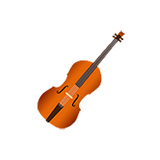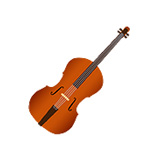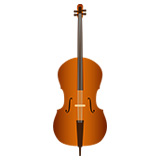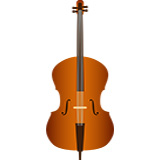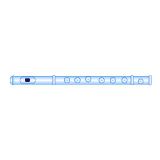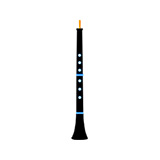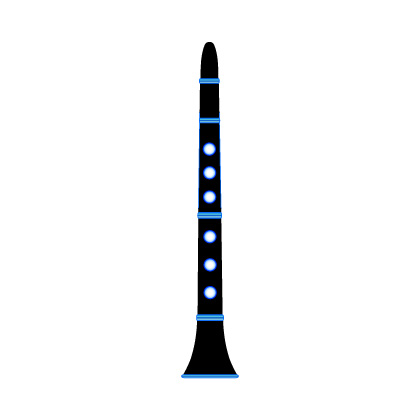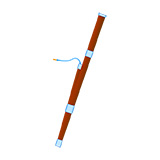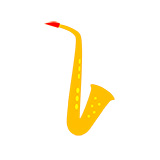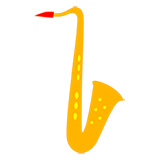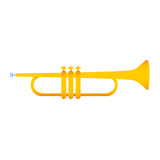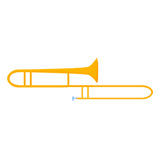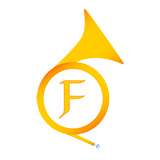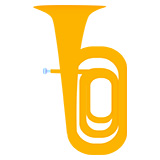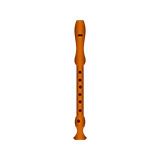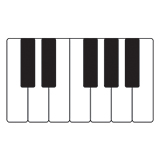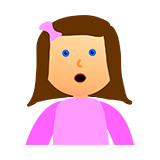
Home - Time Focus Music Method - Time Lines
An Introduction to Basic Rhythm and Melody Music Terminology
Quick Links:
• Time Lines introduction
• Time Lines Table of Contents
• Practice suggestions
• Time Lines Color Blocks
• Get the Time Lines book
The following explanations of terms related to rhythm and melody will help you get started with the Time Lines music method.
Rhythm
Generally speaking, rhythm is the organization of sounds as they move through time. More specifically, the term rhythm is used to describe the exact length of notes and rests in music.
Beat
Beat is the foundation of rhythm and is the steady, repeating pulse in music. When you listen to music and tap your foot or clap your hands at a steady pace, you are typically tapping or clapping the beat.
Tempo
Tempo is the speed of the beat. We practice with a metronome to make sure that we are keeping the beat steady and the rhythms accurate. Tempo is measured by beats per minute, or BPM. Metronomes indicate these numbers to guide you in your practice. Higher BPM numbers are faster tempos, and lower BPM numbers are slower tempos. Besides playing along with the recordings on the website, practicing the music with a metronome will help you develop your skills.
Meter
The flow of music can also be described by the term meter, which indicates patterns of strong and weak beats. Book 1 of Time Lines includes music in duple, triple, and quadruple meters. In written music, meter is identified by the time signature, which is defined below.
Staff
Musical notes are written on a staff, which is a group of horizontal lines. Most of the time we read music on a staff with five parallel lines. However, the rhythm exercises and patterns in Time Lines are written on a one-line staff, so you can choose the pitch on which you would like to play those examples.
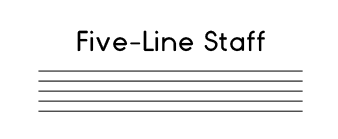
Measure Lines
To make music easier to read, we use measure lines to separate the beats into smaller groups, or measures. All of the exercises, patterns, and melodies have repeat signs. Technically speaking, the repeat signs mean that you should play the passage once and then repeat it one more time. However, for the sake of good practice, repeat each example accurately several times.
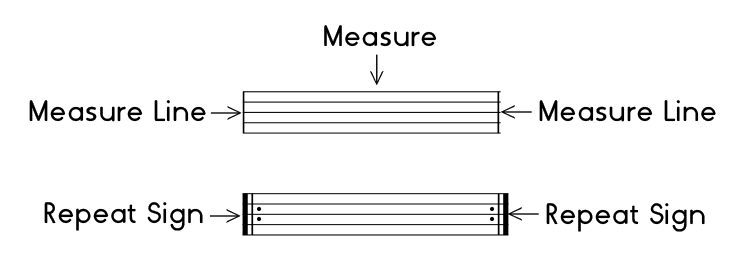
Time Signature
The number of beats in a measure is determined by the time signature, which consists of two numbers, as shown in the examples below. The top number indicates how many beats are in a measure, and the bottom number indicates what note value is equal to one beat. All of the time signatures in Book 1 are in either 2/4, 3/4, or 4/4. Therefore, the quarter note (explained in Unit 1) will always be equal to one beat in Units 1 through 8 of Time Lines.

Durations and Note Values
The duration of a note or a rest refers to how long it is played. Notes and rests can be played for a beat, shorter than a beat, or longer than a beat. In musical terms, note values indicate the duration of sounds. This book will introduce different note values and explain how long they should be played.
Pitch
Pitch refers to how high or low a note sounds. We use the letters A through G to represent the pitch of a note, along with sharp and flat signs to alter them. The term pitch is more specific than the term note, which is sometimes used to indicate both the pitch and the duration of a sound.
Melody
A melody is a group of pitches played one at a time to a specific rhythm. Each melodic phrase in Time Lines is based on the corresponding rhythm pattern of that unit. For example, P201 and M201 share exactly the same rhythm.



